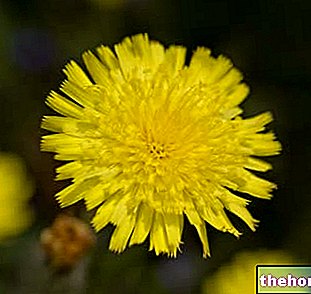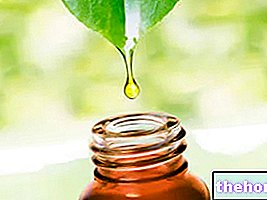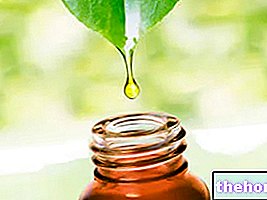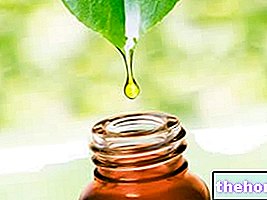
Scientific name
Fraxinus excelsior
Family
Oleaceae
Origin
Temperate and cold regions of the northern hemisphere
Synonyms
Common ashParts Used
Drug given by leaves and bark
Chemical constituents
The main chemical constituents contained in ash leaves are:
- Mannitol (16-28%);
- Mucilage (10-20%);
- Triterpenes;
- Phytosterols;
- Tannins;
- Flavonoids, among which we find rutin;
- Iridoid monoterpenes.
The main components of the ash bark, on the other hand, are:
- Hydroxycoumarins, among which we find fraxina, fraxetina, fraxidina, isofraxidina, scopoletina and fraxinol;
- Tannins;
- Iridoid monoterpenes.
Ash in Herbal Medicine: Properties of the Ash
The common ash, prepared in the form of an infusion, appears to be a useful remedy against gravel and renal colic, however no antispastic action has been demonstrated on smooth muscles, especially the urinary tract.
The use for prolonged periods of ash preparations for diuretic and slimming purposes can expose you to risks, especially when not controlled by the doctor.




























